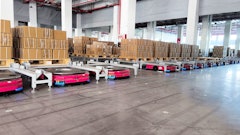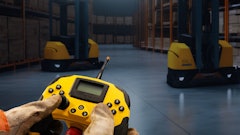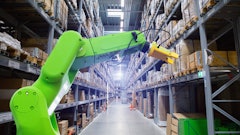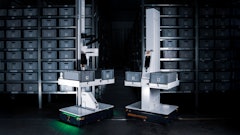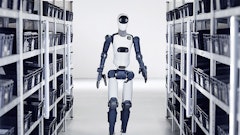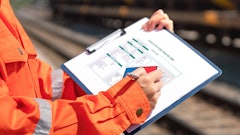
Technology is completely upending age-old methods for keeping people and products safe in-transit. One of the tools that's growing in demand is the body-worn camera, which is no longer just for law enforcement. Bodycams are seeing uptake everywhere from healthcare to retail, private security, mass transit and beyond.
There are several factors at play driving the increased demand in the sector, including a rise in aggression and assault of last-mile delivery drivers, robberies of delivery trucks and challenges with dispute resolution.
Bodycam footage provides objective, third party evidence that protects team members and their employers from unwarranted claims while also enhancing security of employees by acting as a second set of eyes.
Here are three common needs for bodycams in transportation and logistics:
Delivery teams need peace of mind when it comes to their safety. Last-mile delivery drivers frequently operate in lone-worker settings and are on the go for most of their shift. Bodycams serve as an extra set of eyes and ensure workers are never truly alone in the field. The devices also have safety features like a panic button that can be discreetly pressed should an employee find themselves in a contentious situation and need to call for back-up. The technology gives these individuals reassurance that their status is known and reinforcements are at the ready.
Part-and-parcel to this, bodycams help de-escalate conflict, and – even better – can deter unwanted behavior before it even happens. A study in passenger rail, where this technology is more widely adopted, had promising results: A randomized, controlled trial at UK train stations with high assault rates saw a 47% reduction in the odds of assaults against bodycam-equipped workers.
This illustrates how the mere presence of a body-worn camera has a deterrent effect for bad actors, reducing the likelihood that they'll act undesirably knowing they're being recorded. For transport workers, it is the hope that bodycams have the same effect, and research indicates the industry will be adopting them more widely in the coming years.
"He said, she said" back-and-forth slows down conflict resolution. Bodycam footage cuts through false claims. A passenger rail customer of HALOS recently shared that body-worn camera footage has helped them achieve a near-perfect success rate in court cases. In fact, the customer has not lost a single case since deploying the cameras because the high-quality audio and video they capture provides irrefutable evidence that leads to swift resolutions. The customer offered an example where proceedings were stopped mid-trial after the court viewed bodycam footage, urging the defendant to reconsider their plea. This was a powerful example of how the footage came into play to deter false claims and deliver justice.
They increase operational efficiency. This comes to life in several ways. A well-rounded bodycam solution includes not just the hardware, but also the software, which provides a storage platform where footage can be automatically uploaded. This serves as a crucial tool for organization, retrieval and sharing of the footage. Within the platform, cases can be created and related documentation attached. This helps ensure a comprehensive record of each incident exists, with all relevant supporting files stored in a single place.
Another way bodycams increase operational efficiency is by verifying deliveries including providing evidence of where an item was left and what condition the package was in. We've all seen Amazon drivers pause to take out a mobile device and capture a photo to serve as proof of delivery. For delivery personnel wearing a bodycam, they have automatic, hands-free footage capture that the delivery was completed – no photo op necessary.
Beyond deliveries, bodycams increase operational efficiency when it comes to otherwise tedious tasks like documenting compliance-related processes such as pre-trip inspections. This contributes overall to increasing liability protection and ensuring compliance for transport and logistics businesses.
It should no longer be surprising to see body-worm cameras deployed in settings beyond law enforcement – whether it's a delivery driver, frontline retail employee or the security guard outside a sports venue or concert. The technology serves as an added layer of protection for workers in a range of settings, helping ensure safety and peace of mind for those wearing the device and others in their periphery.

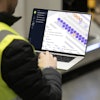

![Pros To Know 2026 [color]](https://img.sdcexec.com/mindful/acbm/workspaces/default/uploads/2025/08/prostoknow-2026-color.mduFvhpgMk.png?auto=format%2Ccompress&bg=fff&fill-color=fff&fit=fill&h=100&q=70&w=100)
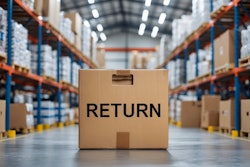
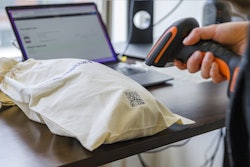
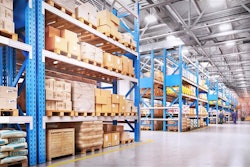


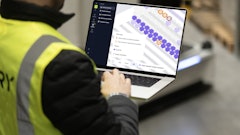
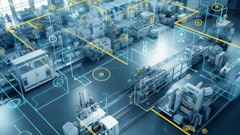
![Pros To Know 2026 [color]](https://img.sdcexec.com/mindful/acbm/workspaces/default/uploads/2025/08/prostoknow-2026-color.mduFvhpgMk.png?ar=16%3A9&auto=format%2Ccompress&bg=fff&fill-color=fff&fit=fill&h=135&q=70&w=240)
